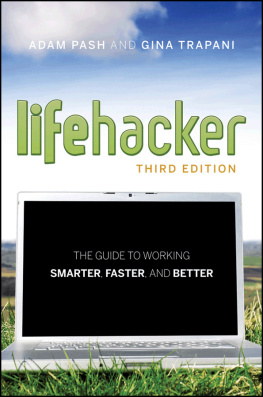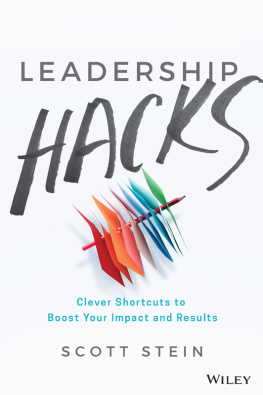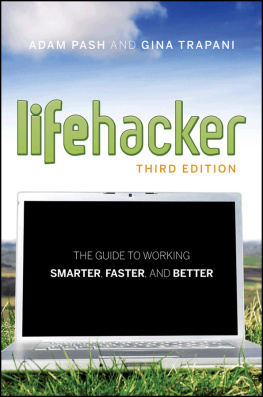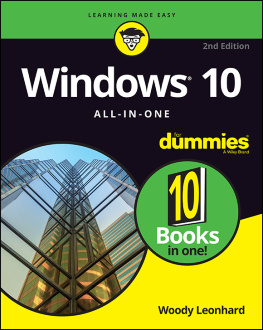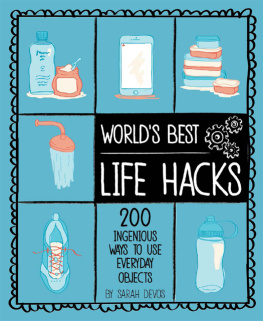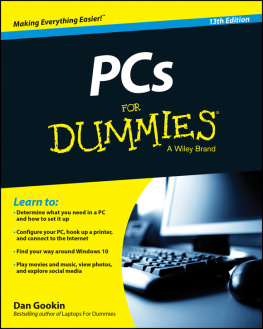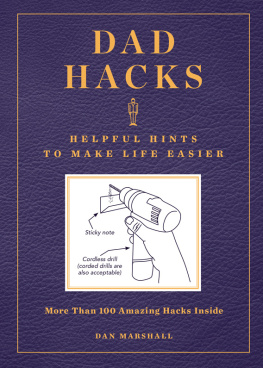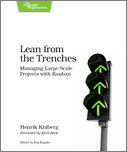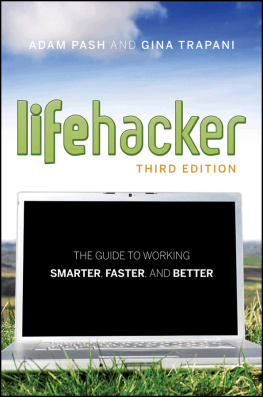Pash Adam Trapani Gina - Lifehacker: The Guide to Working Smarter, Faster, and Better
Here you can read online Pash Adam Trapani Gina - Lifehacker: The Guide to Working Smarter, Faster, and Better full text of the book (entire story) in english for free. Download pdf and epub, get meaning, cover and reviews about this ebook. year: 2011, publisher: John Wiley & Sons, genre: Home and family. Description of the work, (preface) as well as reviews are available. Best literature library LitArk.com created for fans of good reading and offers a wide selection of genres:
Romance novel
Science fiction
Adventure
Detective
Science
History
Home and family
Prose
Art
Politics
Computer
Non-fiction
Religion
Business
Children
Humor
Choose a favorite category and find really read worthwhile books. Enjoy immersion in the world of imagination, feel the emotions of the characters or learn something new for yourself, make an fascinating discovery.
- Book:Lifehacker: The Guide to Working Smarter, Faster, and Better
- Author:
- Publisher:John Wiley & Sons
- Genre:
- Year:2011
- Rating:3 / 5
- Favourites:Add to favourites
- Your mark:
Lifehacker: The Guide to Working Smarter, Faster, and Better: summary, description and annotation
We offer to read an annotation, description, summary or preface (depends on what the author of the book "Lifehacker: The Guide to Working Smarter, Faster, and Better" wrote himself). If you haven't found the necessary information about the book — write in the comments, we will try to find it.
Abstract: A new edition, packed with even more clever tricks and methods that make everyday life easier Lifehackers redefine personal productivity with creative and clever methods for making life easier and more enjoyable. This new edition of a perennial bestseller boasts new and exciting tips, tricks, and methods that strike a perfect balance between current technology and common sense solutions for getting things done. Exploring the many ways technology has changed since the previous edition, this new edition has been updated to reflect the latest and greatest in technological and personal productivity. The new hacks run the gamut of working with the latest Windows and Mac operating systems for both Windows and Apple, getting more done with smartphones and their operating systems, and dealing with the evolution of the web. Even the most tried-and-true hacks have been updated to reflect the contemporary tech world and the tools it provides us. Hacks include: Hack 1: Empty Your Inbox (and Keep It Empty). Hack 2: Decrease Your Response Time. Hack 3: Craft Effective Messages. Hack 4: Highlight Messages Sent Directly to You. Hack 5: Use Disposable Email Addresses. Hack 6: Master Message Search. Hack 7: Future-Proof Your Email Address.?Show More Hack 8: Consolidate Multiple Email Addresses with Gmail. Hack 9: Script and Automate Repetitive Replies. Hack 10: Filter Low-Priority Messages. Hack 11: Organize Your Documents Folder. Hack 12: Instantly Retrieve Files Stored on Your Computer. Hack 13: Overhaul Your Filing Cabinet. Hack 14: Instantly Recall Any Number of Different Passwords. Hack 15: Securely Track Your Passwords. Hack 16: Tag Your Bookmarks. Hack 17: Organize Your Digital Photos. Hack 18: Corral Media Across Folders and Drives. Hack 19: Create Saved Search Folders. Hack 20: Create a Password-Protected Disk on Your PC. Hack 21: Create a Password-Protected Disk on Your Mac. Hack 22: Encrypt Your Entire Windows Operating System. Hack 23: Set Up 2-Step Verification for Your Google Account. Hack 24: Design Your Own Planner. Hack 25: Make Your To-Do List Doable. Hack 26: Set Up a Morning Dash. Hack 27: Map Your Time. Hack 28: Quick-Log Your Workday. Hack 29: Dash Through Tasks with a Timer. Hack 30: Form New Habits with Jerry Seinfelds Chain. Hack 31: Control Your Workday. Hack 32: Turn Tasks into Game Play. Hack 33: Send Reminders to Your Future Self. Hack 34: Take Great Notes. Hack 35: Organize Your Life with Remember the Milk. Hack 36: Organize You
Pash Adam Trapani Gina: author's other books
Who wrote Lifehacker: The Guide to Working Smarter, Faster, and Better? Find out the surname, the name of the author of the book and a list of all author's works by series.

